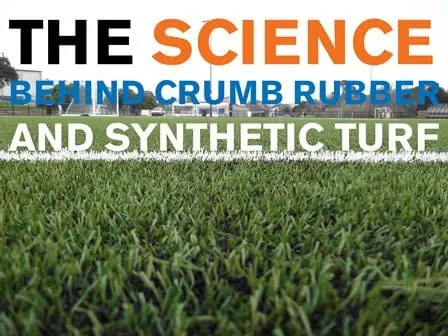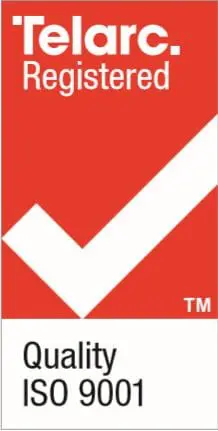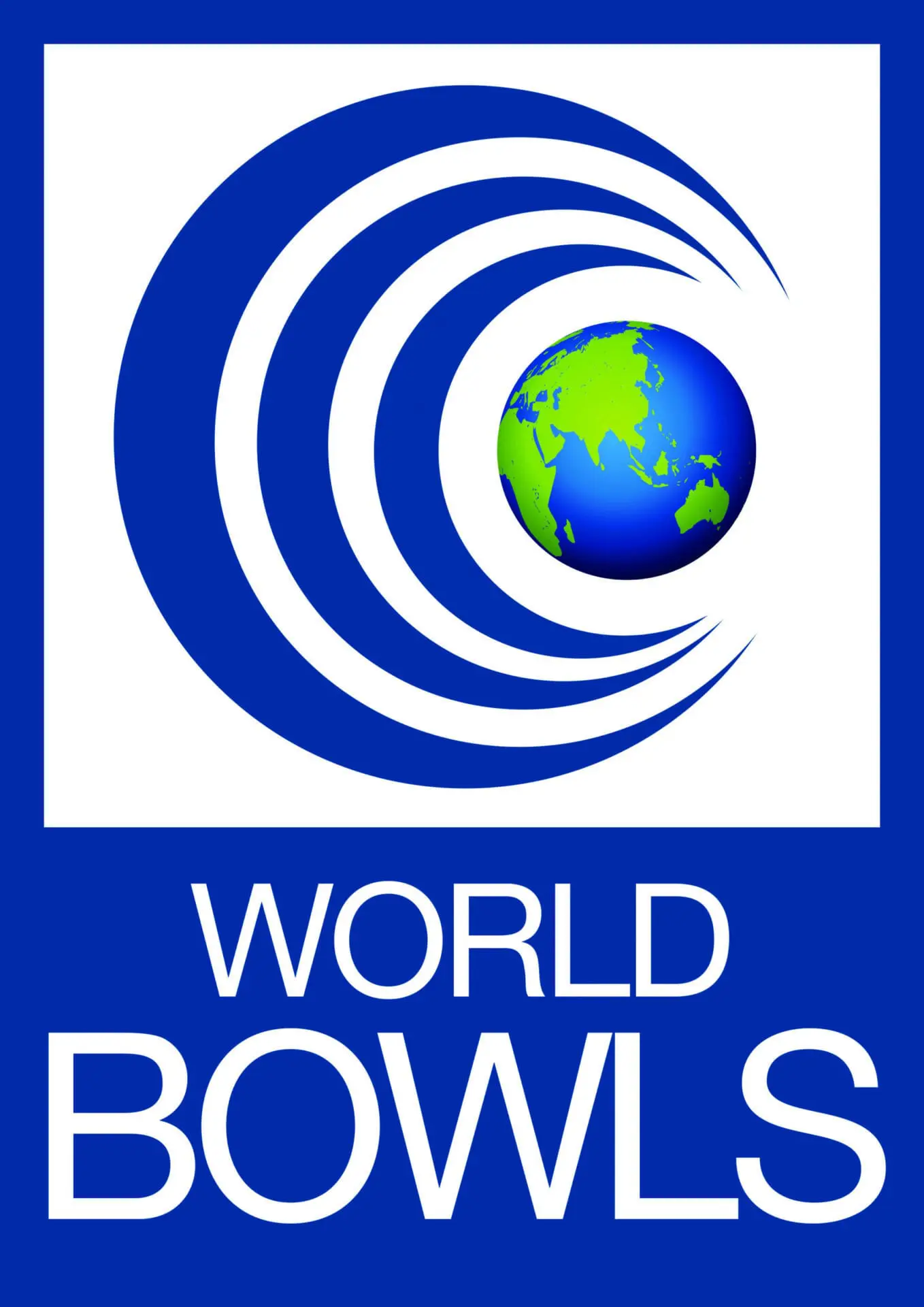
A question of safety
There has been a lot of media speculation lately reporting on health and environmental concerns around synthetic grass surfaces. As a result of this speculation, questions have been raised as to whether chemicals in the grass fibres and recycled SBR rubber infill might give off toxins that are harmful to human health.
The issue is not new and has been researched and debated for over a decade. All of that research to date concludes that there is no evidence that there is any elevated human health or environmental risk from ingesting, breathing, or skin contact with synthetic turf grass fibres or the infill or from any Stormwater run-off.
This article is not going to attempt to cite all the research available but if one is interested to delve deeper into this topic and the internet, a good starting point is the Synthetic Turf Council’s website includes many studies on the human health and environmental safety of synthetic turf and crumb rubber.
The issue around SBR rubber
The third generation of surfaces, engineered for sports such as football and rugby are manufactured from longer polyethylene fibres that is filled with sand (for stability) and rubber granules (for shock absorption, elasticity, and suitability for sliding) and provide better player safety and comfort, and playability that is equal to or better than grass (more playing hours, no cancellations and a cost-benefit).
Concerns about toxins
Much of the current concern is around the rubber crumb (SBR) which is mostly recycled from old car and truck tyres. Rubber is a complex mixture with some components possessing toxic and carcinogenic properties. Tyre rubber crumb contains a range of organic contaminants and heavy metals that can become volatile, emitting toxins into the air and/or leach into the percolating rainwater, posing a potential risk to the environment and human health. Parents and consumer groups are concerned that these toxins could then be absorbed into the body through skin contact, inhaled or ingested at levels that might constitute a health risk.
Research conclusions – it all depends on…
Investigating the health and environmental effects of synthetic surfaces is pretty complex. Within the extensive research literature, there are reports that conclude that under certain conditions and in particular circumstances there may be health and environment issues while others that conclude the opposite, with the position being adopted invariably depending on what was investigated, how it was investigated and how findings were interpreted.
TigerTurf constantly monitors the research conducted around these issues as well as continues to undertake its own research and implement measures to ensure its products are safe.
In 2013, TigerTurf collaborated with Auckland Council on research undertaken a Michaels Avenue Reserve in Auckland. The community is a “no-spray” area and local community groups voiced their concerns over the environmental and health impacts of the synthetic turf’s rubber infill. The on-going research measures the toxicity levels coming off the surface with initial results of the independent testing commissioned by the council finding no cause for concern.
What the experts say
Other studies have measured potential toxicity levels of the crumb rubber against the European Union’s EN 71-3 standards which have shown toxicity is either not detectable or, where detected, are well below category III requirements. These standards, set in 2013 as part of Europe’s Toy Safety Directive, are widely recognized as the most advanced in the world.
Health risk assessment studies suggested that users of artificial turf fields, even professional athletes, were not exposed to elevated risks. And no scientific study has found an association between exposure to artificial turf and cancer.
A widely referenced study by Zhang et al (2008) concluded that ‘ingestion (of PAHs) is unlikely’ and that ‘this finding will undoubtedly provide a degree of comfort to health officials and the public’. It also found that lead content in the rubber filler and in the ‘new generation’ fibre was low when compared to health ¬based lead concentration soil standards.
Other studies have shown that the environmental impacts of artificial turf fields are often lower than equivalent grass fields especially when taking into consideration the pesticides, herbicides and fertilisers needed to maintain a quality pitch.
Alternative options
 SBR rubber is not the only infill material that can be used in synthetic turf systems and manufacturers are continually researching options that might provide a better solution. Besides the SBR rubber granules, other options currently available are EPDM (Ethylene Propylene Diene Monomer), a synthetic rubber; TPE, a Thermoplastic Elastomer, and Cork. The following table outlines the advantages and disadvantages of each.
SBR rubber is not the only infill material that can be used in synthetic turf systems and manufacturers are continually researching options that might provide a better solution. Besides the SBR rubber granules, other options currently available are EPDM (Ethylene Propylene Diene Monomer), a synthetic rubber; TPE, a Thermoplastic Elastomer, and Cork. The following table outlines the advantages and disadvantages of each.
The options available have both advantages and disadvantages. These should be evaluated based on each particular project and the requirements of the community.
Whilst acknowledging that there are those who have concerns about synthetic surfaces, it also needs to be acknowledged that there is a wealth of evidence from reputable and independent sources indicating that, to the best of our knowledge, synthetic surfaces are safe for humans and the environment.
Of course, the data isn’t perfect and there are a few issues to be wary of. None of the studies are all-inclusive; they don’t test each brand of turf or weed out every potentially toxic ingredient. There are gaps in the research and it’s those gaps that are fuelling public fears and speculation, such as the worry that football players could be getting cancer from turf. But it needs to be said that some of the more hysterical discussions of the potential dangers of synthetic surfaces need to be countered by a more balanced reading of the research into synthetic surfaces.
There are many who are confident, including national and international sports leagues, universities, public and private school systems, parks departments and municipalities that continue to make informed decisions to install synthetic turf.
Parents and consumer groups who are concerned that the emitting of toxins into the air and/or leaching into the percolating rainwater, that could then be absorbed into the body through skin contact, inhaled or ingested at levels that might constitute a health risk should read the numerous research studies completed on these issues.
With few exceptions, respected researchers have found no evidence of exposure or exposure at such low doses that there’s little risk of harm. In fact, some studies have found that if there is an uptake of chemicals, it’s at doses equivalent to those found in food and the rest of the environment.
If this issue is still a concern it is recommended that cities or school systems consider doing their own tests on the brand of turf they want to buy.





